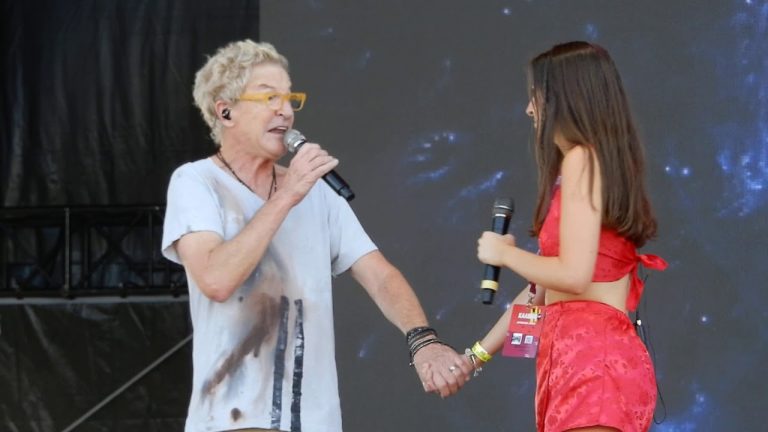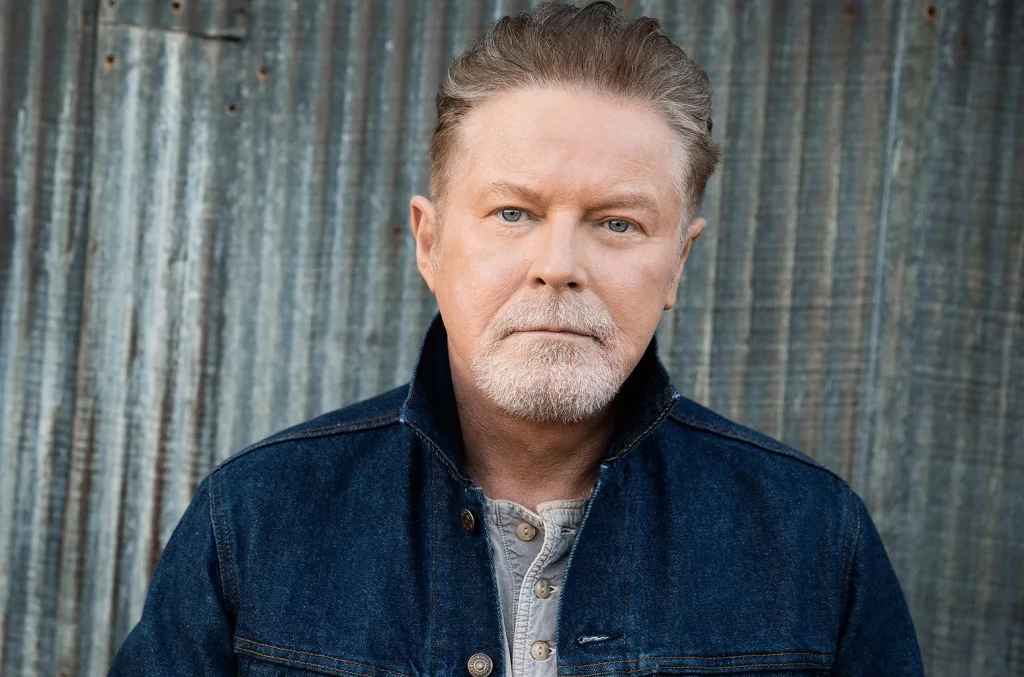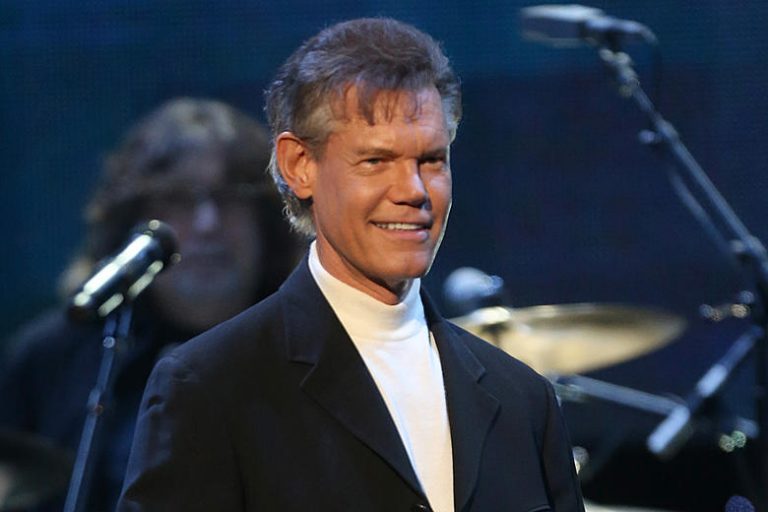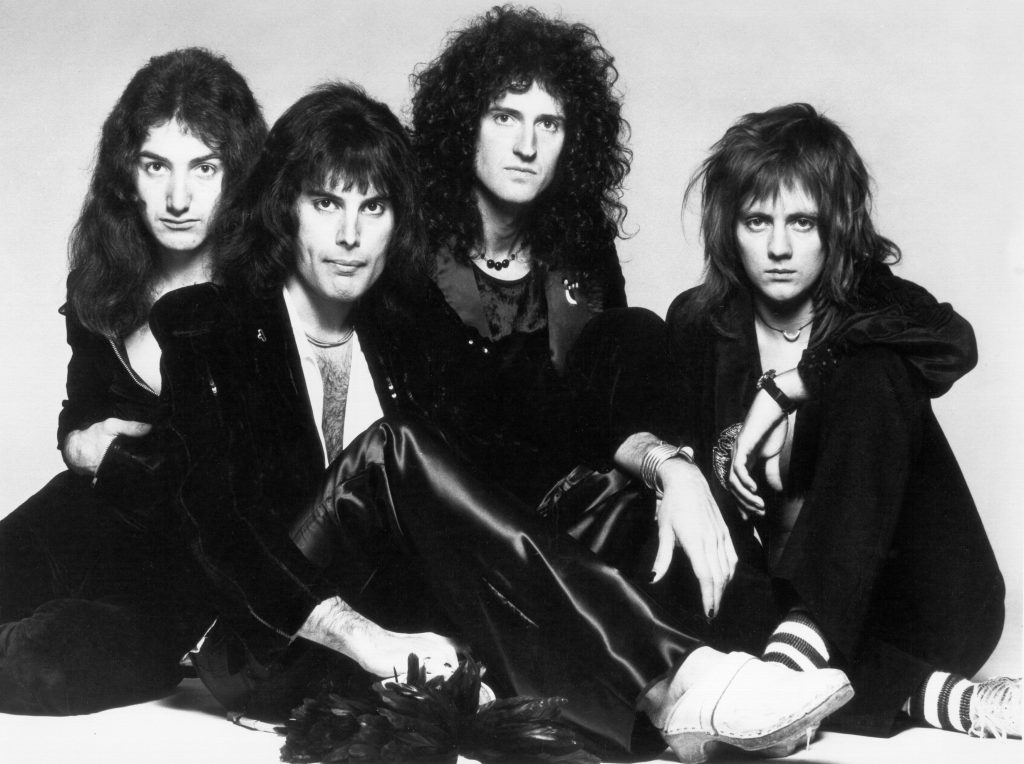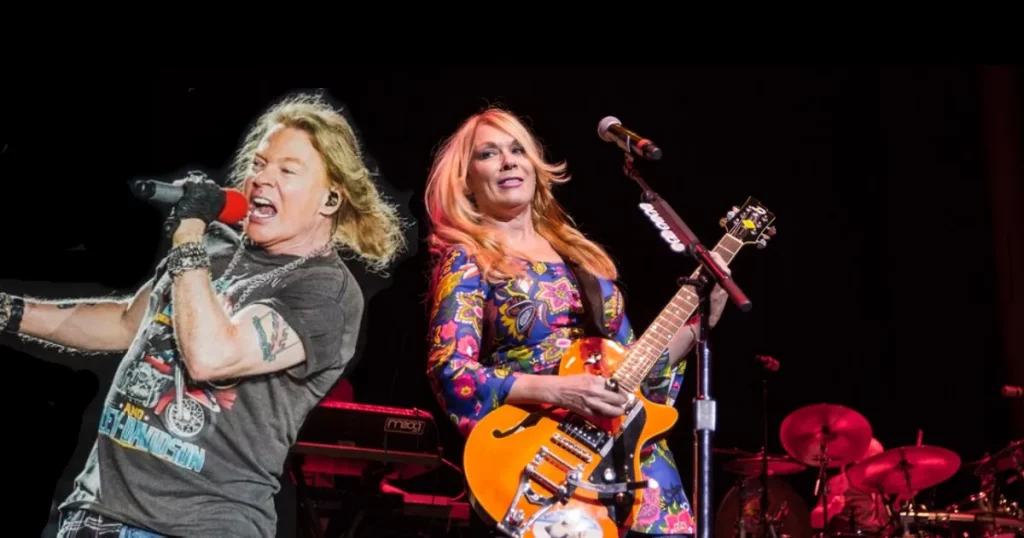REO Speedwagon hardly needs an introduction—the band’s name is practically synonymous with some of the most unforgettable power ballads in rock history. At the heart of their legacy sits “Can’t Fight This Feeling”, a track that went Gold in the U.S., Canada, and the U.K., and climbed charts across the globe. More than just a hit, it became an anthem for love, longing, and vulnerability, cementing REO Speedwagon’s place in rock culture.
But at the Kaaboo Festival in September 2019, fans got to see the song in a whole new light. Frontman Kevin Cronin took the stage not just as the band’s lead singer, but as a father, sharing the spotlight with his daughter Holly for a heartfelt duet of the classic. Their performance turned the timeless ballad into something even more personal—an intimate family moment broadcast to thousands of cheering fans.
https://www.youtube.com/watch?v=-WhEZujfWHI
Before launching into the song, Cronin addressed the crowd with his trademark warmth and charisma, the same energy that’s carried REO Speedwagon through decades of success. “Between everybody out there, and everyone here on stage, together we are living proof that rock and roll will keep you young forever!” he declared, a sentiment that rang true as he welcomed Holly to the stage. When the two began singing “Can’t Fight This Feeling” together, the result was nothing short of magical.
Of course, REO Speedwagon’s story stretches far beyond one song. Over more than four decades, the band has sold upwards of 40 million albums and earned 13 Top 40 hits, including the 1980 ballad “Keep On Loving You”, another track that defined the genre. Their longevity proves that REO Speedwagon isn’t just a band with a couple of hits—they’re architects of the power ballad era.
https://www.youtube.com/watch?v=-WhEZujfWHI
The Kaaboo Festival itself was a major celebration of music and art, hosted at the Del Mar Fairgrounds in California. Its lineup boasted an eclectic mix of headliners like Imagine Dragons, Pink, Aerosmith, and Snoop Dogg. Though the festival launched in 2015 with huge promise, it’s been on pause since 2021 due to the COVID-19 pandemic, leaving fans wondering if it will ever make a return.
As for the song’s inspiration, Cronin has openly shared that “Can’t Fight This Feeling” was born out of a deeply personal struggle—falling for a woman within his circle of friends, knowing it meant crossing into uncharted emotional territory. He once explained it as “that moment in time where…it gets too painful to be where you are and you know you have to change…but change is hard…and you overcome that fear of change.” It’s a universal feeling, which is why the song resonated so powerfully in the 1980s and continues to connect today.

